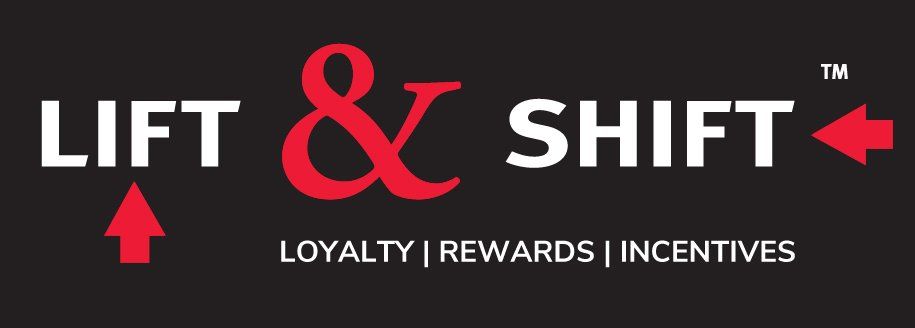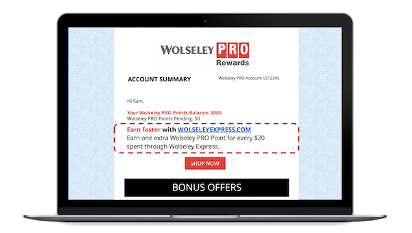Incentive programs have been around for decades in various forms – discounts, rebates, SPIFFs, and cash back are all different types of incentives. Anything that gets your channel partner or customer to consider your company over another vendor is an incentive to do business with you.
Most people are familiar with B2C points-based reward programs, which started in the 1980s. These types of programs are also well entrenched in the B2B sector. Program participants earn points that can be redeemed for a variety of reward items, ranging from experiential travel to computers and electronics to sports equipment to gift cards to charitable contributions.
How technology has improved loyalty programs
Technological advances that allow us to easily use historical sales data to guide the program offers have been the most transformational change in the evolution of reward and incentive programs. Big Data has dramatically enhanced the impact and value to the businesses putting them into use.
How rewards and incentive programs offer effective ROI
When built and managed properly, rewards and incentive programs offer incredible value and ROI to the companies that use them. They are, by far, the most effective and cost-efficient promotional solutions available.
1. Sales data drives the program—Companies use the historical sales data from their customers and/or channel sales partners to create valuable insights into their current behavior to find purchasing or sales trends and insights for the program to leverage.
2. The program employs reward economics that favors the company offering the program—reward offers that are in proportion to the value of the transaction received. So, if you’re working with a 40% margin, offering an incentive of 1.5% to secure a transaction makes sense. However, if the margins are lower, you use a lower reward value, etc.
3. Point-based reward programs tend to cost less than cash-based rewards like discounts and rebates, as points are accrued over time; as the point balances increase, their influence increases, but the relative program costs do not. With discounts and rebates, competitors are constantly trying to outdo one another, resulting in companies dramatically increasing the value of their incentives to break through the noise. Because they don’t receive an invoice for the discounts, the company tends to overlook the actual cost of the goods sold; however, if these costs were tallied, they would be quite surprising. In fact, cash-based rewards are usually three to four times more expensive to use than non-cash rewards. (Source:
Aberdeen Group)
10 most common uses for a B2B rewards and incentive program
B2B rewards and incentive programs targeted to customers and channel partners can be used to help accomplish virtually any sales goal a company may have. Here are 10 of the most common uses:
1. Customer retention
Customer retention is a key objective for any organization to achieve growth in ROI. A B2B customer loyalty program rewards participants for their commitment to your business. The more they interact with you, the more they are rewarded, keeping your brand top-of-mind and users engaged, and less likely to switch to a competitor.
2. Customer acquisition
3. Re-activate lapsed or inactive customers





